Stoam natively integrates with major ERPs (Enterprise Resource Planning). ERP integration significantly reduces management overhead and optimizes the sales process and its derivatives.
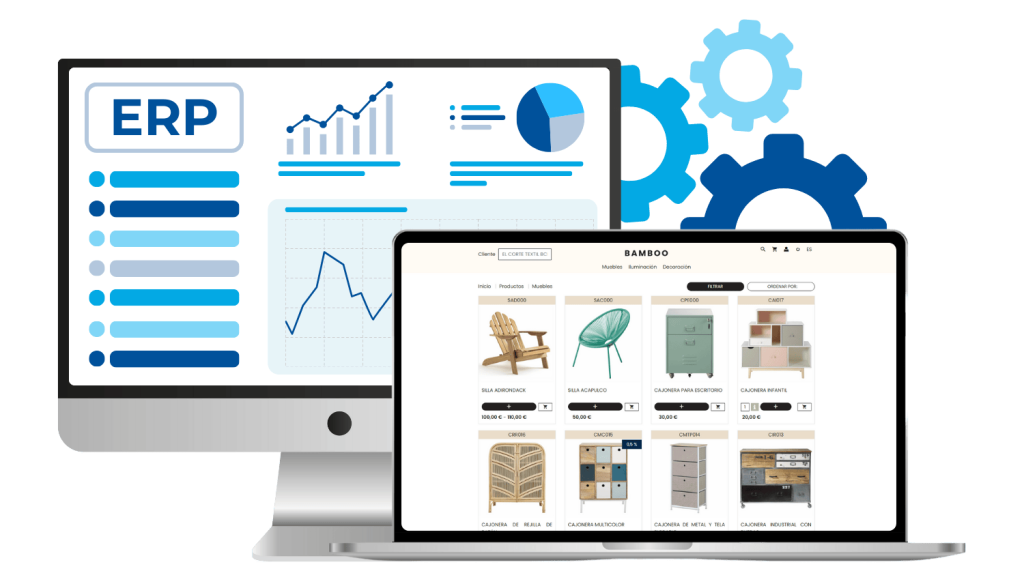
Stoam SaaS’s ERP integration is designed to take full advantage of all the features of your ERP. Not only to build your store, but also to improve your relationship and communication with your customers through your private area.

Improve the purchasing experience and business relationships by using ERP data to build your customer portal. It's as if you were allowing your customers to interact directly with your ERP.

As a preconfigured and ready-to-integrate solution, no additional modules or third-party applications are required to achieve a complete and quick-to-install B2B solution.

Thanks to integration, you can eliminate the need to manage store data twice. Plus, by empowering your customers, you reduce the burden of customer-related tasks.

With the power of automation at your fingertips, human error is substantially reduced, improving satisfaction and eliminating extra costs.
Implementing an ERP is crucial to start managing your business in an advanced way. It not only optimizes processes and centralizes information, but also allows you to manage customers and comply with the new electronic invoicing regulations (Verifcatu). Through our partners, you can easily implement the ERP that best suits your business.
Get the most out of your business management software! Manage your business effortlessly while Stoam automatically connects to your ERP, synchronizing operational data and avoiding information duplication.
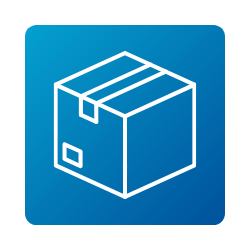
Orders placed through the online store will be automatically sent to your ERP, ready for review.
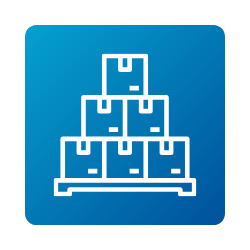
Stocks will be updated based on data in the ERP, so you don't have to manage multiple input and output channels.
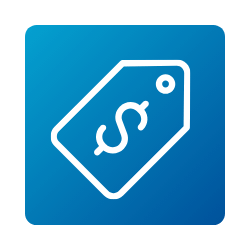
Stoam will use the pricing and discount systems configured in the ERP and automatically apply them in the store.

You'll be able to allow entry to all clients and contacts you have registered in the ERP.
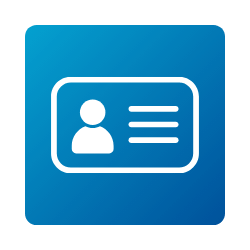
Customers will see their terms and conditions and specific rates applied directly in the store, emulating those established in the ERP.
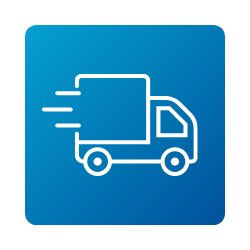
From the private area, you can view all orders placed, even those not processed through the online store.
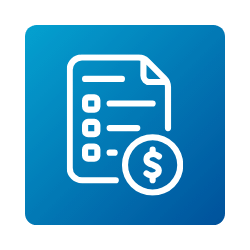
Stoam allows you to request invoices and send them from your ERP to your private area automatically, so your customers can download them.

Addresses and warehouses added to the ERP are synchronized with Stoam to reduce errors and streamline the purchasing process.
Stoam uses the data in the ERP to build the store and customer portal, regardless of the data source. Once the solution is configured, customers will be able to access their order history, which will display all orders recorded in the ERP, not just those processed through the online store.

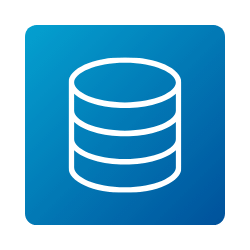
Regardless of the data source, Stoam will use all available data in the ERP to populate the store and customer portal.
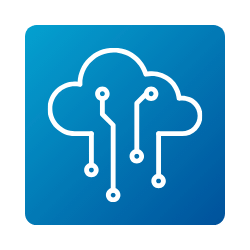
Stoam is hosted on the AWS cloud, with measures in place to ensure server redundancy, ensuring the continuity, quality, and security of the solution.
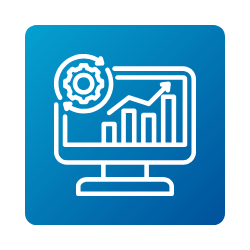
The connection is made through a connector specific to each ERP. Once the connection is established, you can configure synchronization times and control the entry of certain data.
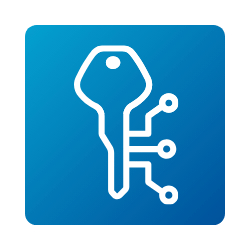
To protect your business and customer data, we encrypt sensitive information and log access to identify vulnerabilities.

It stands out for its strong project management and collaboration, adapts to your growth, has an easy-to-use interface and serves professional services and manufacturing companies.
It integrates seamlessly with Microsoft tools, offers powerful reporting and analysis tools, is tailored to SMBs, and provides industry-specific solutions.

It provides mature and reliable financial management, offers flexible customization options, serves various industries, and has a long track record.

Sage 50 is an accounting and administration software for SMEs, offering centralization of processes and access to real-time information with a user-friendly interface.

It is open source and modular for easy customization, has a strong support community, is cost-effective and adapts to companies of all sizes and industries.
Stoam SaaS is in constant development, if you don’t see your ERP listed, check with us, we may already be working on the integration.
If you don’t have an ERP and want to operate with Stoam SaaS, we have a version with a module that acts as an ERP replacement to manage your store and customer portal.
Inventory problems, such as overestimation or underestimation of stock, can cause significant losses. Integrating ERP into your online store helps keep accurate inventory tracking in real time, reducing stock errors and ensuring products are available to customers when they need them.
Without an ERP system, order processing can be manual and error-prone, resulting in delays and dissatisfied customers. An ERP automates and centralizes order processing, from receiving to shipping, improving speed and accuracy.
Discrepancies in accounts can be problematic. An ERP integrates all financial operations, facilitating financial reconciliation, managing accounts payable and receivable, and improving the accuracy of financial reporting.
Integrating an ERP can streamline logistics, from warehouse management to delivery route planning and shipping cost management. This not only improves delivery times but also reduces operating costs.
ERPs provide access to complete and up-to-date information about customers, allowing service teams to respond quickly and informedly to customer queries and issues, improving the overall customer experience.
Without an ERP system, it can be difficult to collect and analyze data effectively. An ERP offers advanced reporting and analysis tools, helping merchants make informed decisions about marketing strategies, pricing adjustments, and more.
Stoam SaaS is compatible with a wide variety of ERP systems, including SAGE 200, Sage 50, Holded, and Business Central.
The technical integration is carried out through specialized APIs and connectors that guarantee a secure and efficient data transfer between your ERP and the ecommerce platform.
Integration time varies depending on the complexity of the project and the ERP system, but is typically completed within a few weeks.
No, the integration is designed to improve the performance of your ecommerce by automating and synchronizing data, which reduces errors and improves operational efficiency.
Yes, although implementing an ERP is always recommended, not only because Stoam is designed to integrate with one, but also because of the benefits it provides on its own. Stoam, without an ERP, provides a module that replaces the data required for the store to function, which means more manual management and more data imports and exports.
Yes, Stoam SaaS allows the integration of multiple ERP platforms, providing a flexible and scalable solution for managing your business.